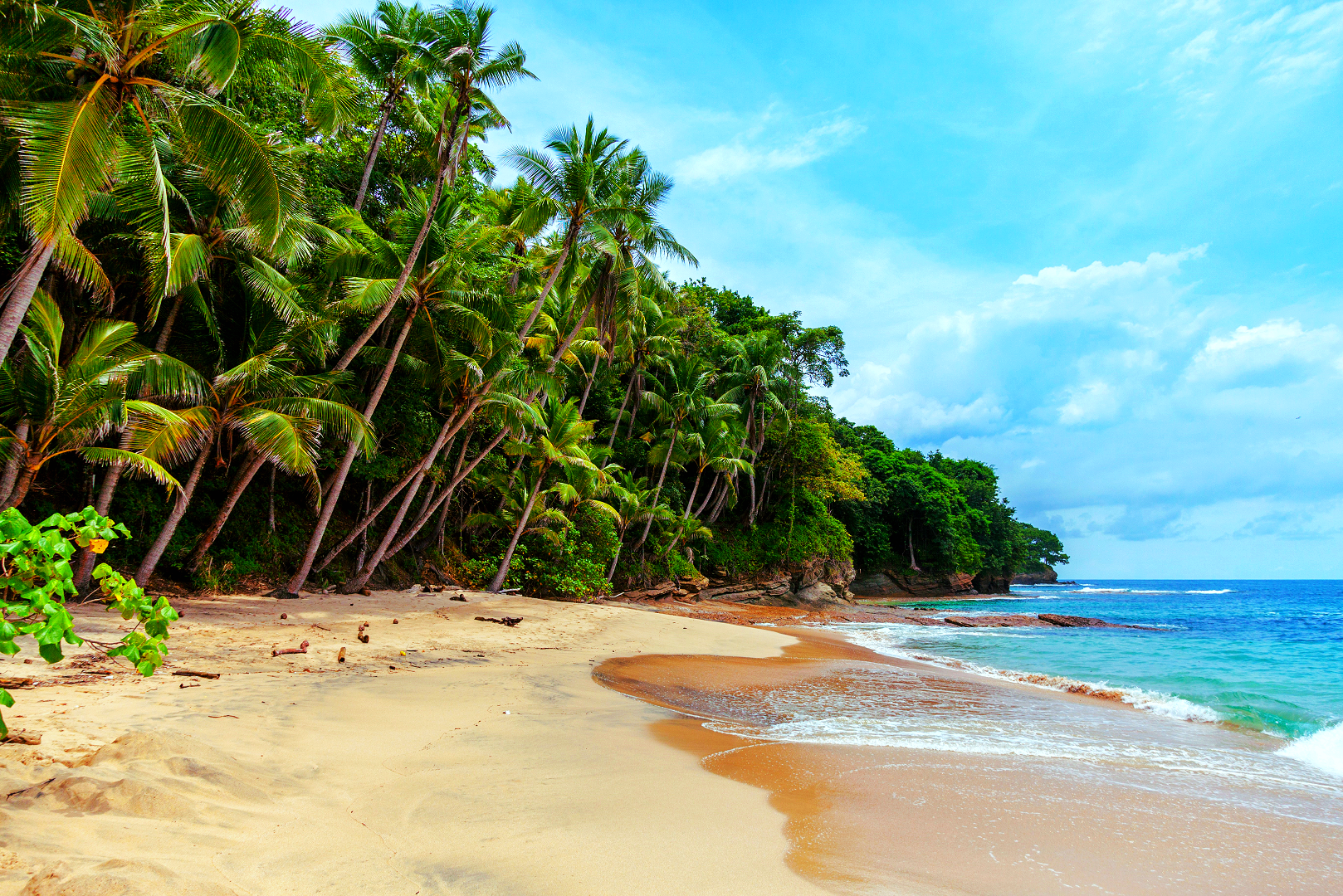Ancient Origins
Tamanu oil, derived from the nuts of the Calophyllum inophyllum tree, has been a staple in the traditional medicine and skincare practices of South Pacific Islanders for thousands of years. Archaeological evidence and oral traditions suggest that its use dates back over 3,000 years.
Traditional Practices
Polynesia:
Hawaii: Known as “Kamani” oil, Hawaiians used it for treating skin ailments, burns, and wounds. It was believed to have spiritual significance and was often used in religious ceremonies.
Tahiti: Here, the oil is called “Ati” or “Tamanu.” The Tahitians used it for similar purposes, particularly for its healing properties on cuts, insect bites, and sunburns.
Micronesia:
Palau and the Federated States of Micronesia: In these regions, tamanu oil was used extensively as a topical treatment for skin infections, fungal diseases, and rheumatism. It was also used as a massage oil for its analgesic properties.
Melanesia:
Fiji and Vanuatu: Known as “Dilo” oil in Fiji, it was used for treating joint pains, arthritis, and various skin conditions. In Vanuatu, the oil was an integral part of traditional medicine, applied to wounds and cuts to promote healing and reduce scarring.
Colonial Era and Beyond
With the arrival of European explorers and settlers in the South Pacific during the 18th and 19th centuries, tamanu oil began to gain attention beyond the islands. Europeans were intrigued by the oil’s reputed healing properties, and it slowly started to make its way into Western herbal medicine practices.
19th Century: European explorers documented the use of tamanu oil by islanders. Some naturalists and physicians began to experiment with the oil, integrating it into early formulations of ointments and balms.
20th Century: As scientific interest in traditional medicines grew, researchers began to study tamanu oil more rigorously. Studies confirmed its antibacterial, antifungal, and anti-inflammatory properties. During this period, the oil started to be exported and marketed more widely, although it remained relatively niche.
Modern Era
In recent decades, tamanu oil has experienced a resurgence in popularity, driven by the global movement towards natural and organic skincare products. The modern history of tamanu oil can be divided into the following phases:
1990s: Increased interest in natural and alternative medicine led to a renewed focus on tamanu oil. Scientific studies conducted in this period confirmed many of the traditional claims regarding its efficacy.
2000s: The rise of the internet and global trade made tamanu oil more accessible to consumers worldwide. It began to appear in more commercial skincare products, particularly those marketed as natural or organic.
2010s to Present:
Skincare and Cosmetics: Tamanu oil is now a common ingredient in a variety of products, including creams, lotions, balms, and serums. It is praised for its ability to promote skin regeneration, reduce scarring, and treat acne.
Health Products: Beyond cosmetics, tamanu oil is also used in health products aimed at treating minor cuts, burns, and skin irritations. It remains a popular remedy in natural medicine.
Cultural Preservation and Sustainable Practices
Today, the cultivation and production of tamanu oil in the South Pacific is not only a matter of traditional practice but also an economic activity. Efforts are being made to ensure sustainable harvesting and production methods to protect the Calophyllum inophyllum trees and the cultural heritage of the islanders.
Cultural Importance: For many South Pacific communities, tamanu oil remains a symbol of their cultural heritage. It is used in traditional ceremonies and continues to be passed down through generations as a valuable natural remedy.
Sustainable Production: Organizations and local cooperatives are working to promote sustainable harvesting practices. This includes protecting the natural habitats of the tamanu trees and ensuring that local communities benefit economically from the production and sale of the oil.
Conclusion
Tamanu oil has a rich history among the South Pacific Islanders, spanning thousands of years. From ancient traditional practices to modern skincare and health products, it has remained a vital part of the cultural and medicinal landscape of the region. Today, its benefits are recognized worldwide, making it a bridge between ancient wisdom and contemporary wellness practices.

